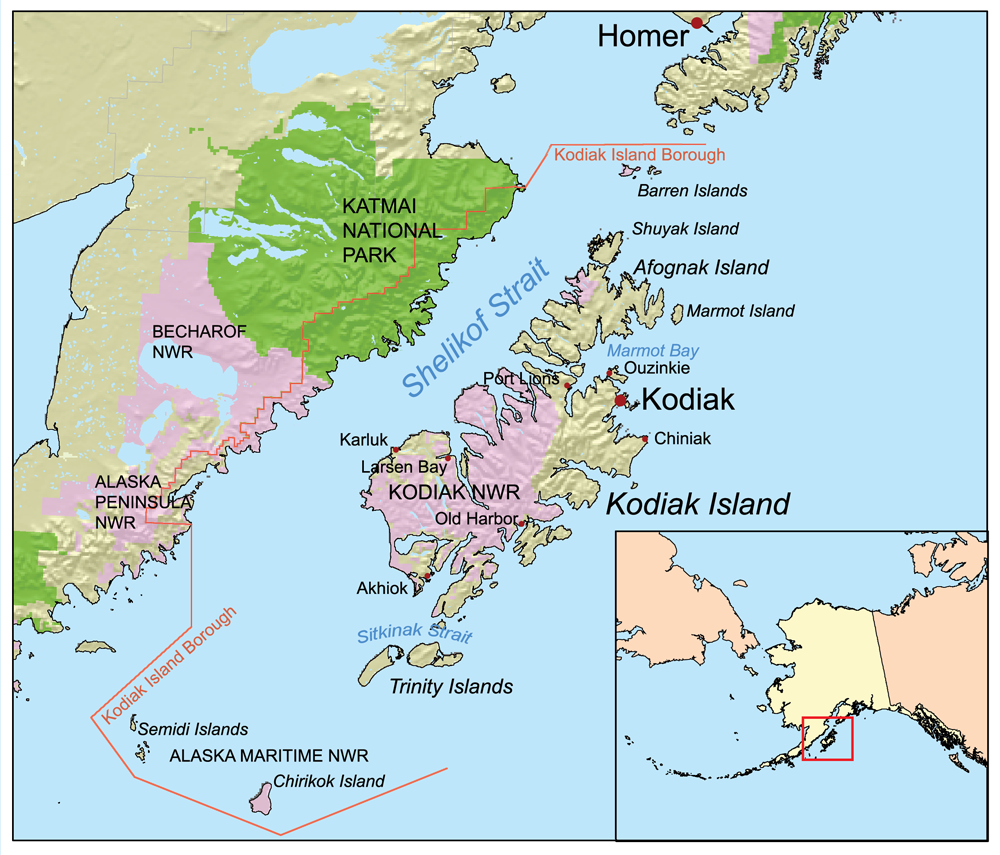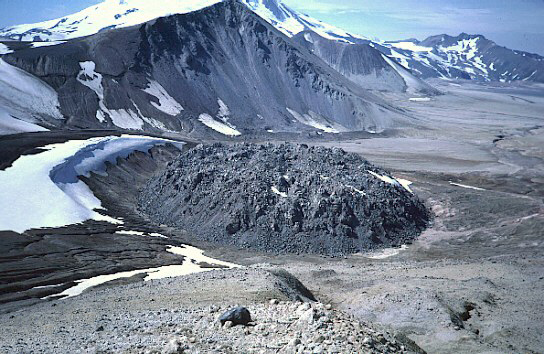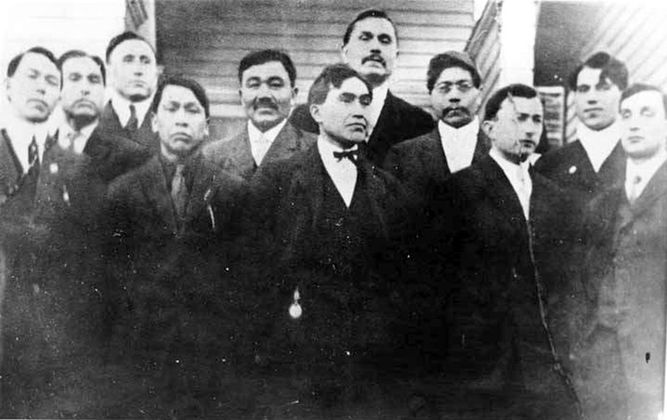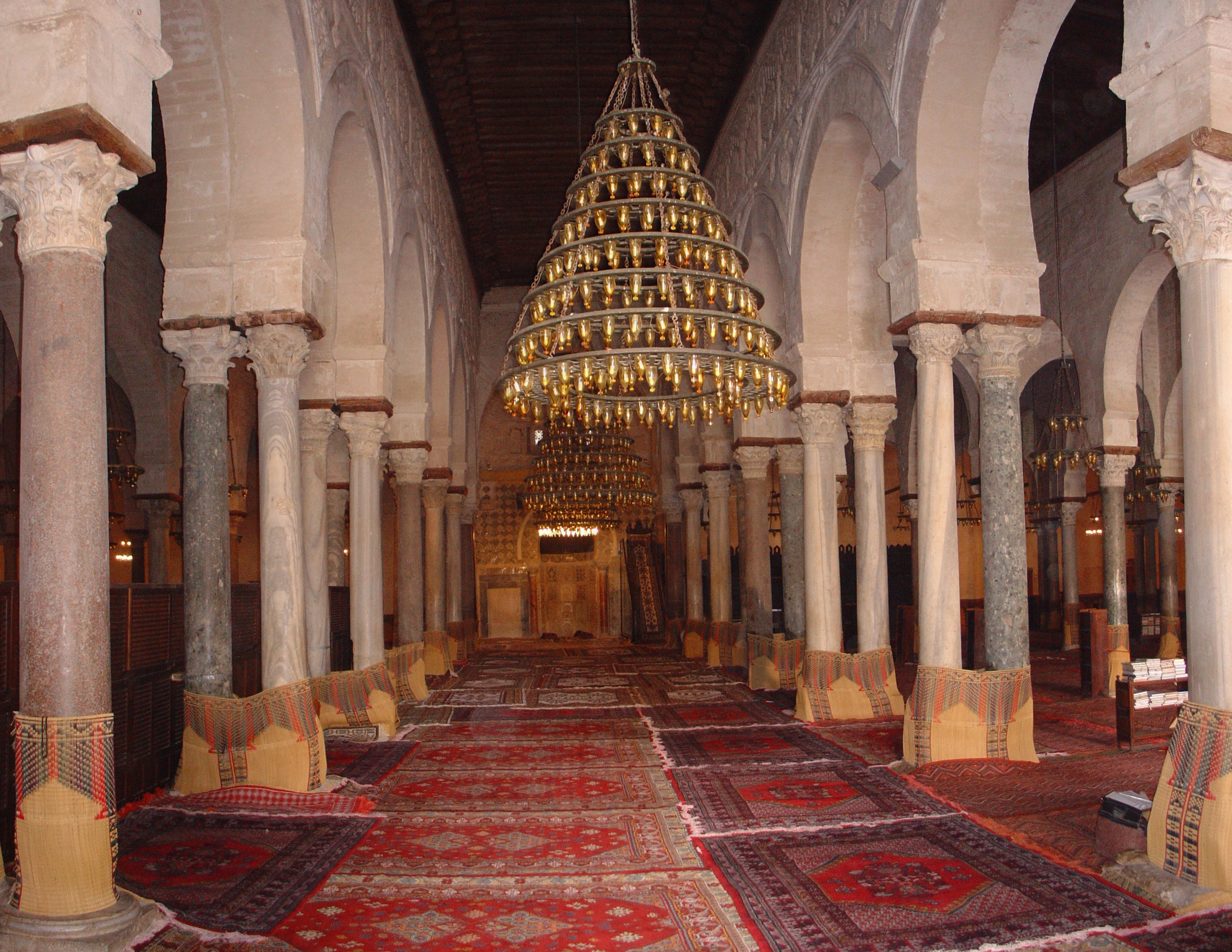|
National Historic Landmarks In Alaska
The National Historic Landmarks in Alaska represent Alaska's history from its Russian heritage to its statehood. There are 50 National Historic Landmarks (NHLs) in the state. The United States National Historic Landmark program is operated under the auspices of the National Park Service, and recognizes structures, districts, objects, and similar resources according to a list of criteria of national significance. Major themes include Alaska's ancient cultures, Russian heritage, and role in World War II, but other stories are represented as well. In addition, two sites in Alaska were designated National Historic Landmarks, but the designation was later withdrawn. These sites appear in a separate table further below. The National Historic Landmark Program is administered by the National Park Service, a branch of the Department of the Interior. The National Park Service determines which properties meet NHL criteria and makes nomination recommendations after an owner notification p ... [...More Info...] [...Related Items...] OR: [Wikipedia] [Google] [Baidu] |
History Of Alaska
The history of Alaska dates back to the Upper Paleolithic period (around 14,000 Anno Domini, BC), when Hunter-gatherer, foraging groups crossed the Beringia, Bering land bridge into what is now western Alaska. At the time of European contact by the Russian colonization of the Americas, Russian explorers, the area was populated by Alaska Natives, Alaska Native groups. The name "Alaska" derives from the Aleut language, Aleut word ''Alaxsxaq'' (also spelled ''Alyeska''), meaning "mainland" (literally, "the object toward which the action of the sea is directed"). The U.S. purchased Alaska from Russia in 1867. In the 1890s, gold rushes in Alaska and the nearby Yukon, Yukon Territory brought thousands of miners and settlers to Alaska. Alaska was granted territorial status in 1912 by the United States of America. In 1942, two of the outer Aleutian Islands—Attu Island, Attu and Kiska—were Japanese occupation of Kiska, occupied by the Japanese during World War II and Aleutian Islands ... [...More Info...] [...Related Items...] OR: [Wikipedia] [Google] [Baidu] |
Kiska
Kiska (, ) is one of the Rat Islands, a group of the Aleutian Islands of Alaska. It is about long and varies in width from . It is part of Aleutian Islands Wilderness and as such, special permission is required to visit it. The island has no permanent population. History European discovery (1741) In 1741 while returning from his second voyage at sea during the Great Northern Expedition, Danish-born Russian explorer Vitus Bering made the first European discovery of most of the Aleutian Islands, including Kiska. Georg Wilhelm Steller, a naturalist-physician aboard Bering's ship, wrote: On 25 October 1741 we had very clear weather and sunshine, but even so it hailed at various times in the afternoon. We were surprised in the morning to discover a large tall island at 51° to the north of us. Prior to European contact, Kiska Island had been densely populated by native peoples for thousands of years. After discovery (1741–1939) Kiska, and the other Rat Islands, we ... [...More Info...] [...Related Items...] OR: [Wikipedia] [Google] [Baidu] |
Kayak Island
Kayak Island ( Eyak: ''Qe'yiłteh''), is located in the Gulf of Alaska, SE of Cordova, Alaska Malaspina Coastal Plain, on the eastern edge of Chugach National Forest. It has a land area of and no population. It is significant as the first place in Alaska a non-native set foot, and thus chosen in 1978 for the location of the commemorative Bering Expedition Landing Site. Vitus Bering himself never went ashore. On July 20, 1741, the Bering Expedition's German naturalist George Steller landed with a watering party at a stream-head now known as the Watering Place. Steller, who in addition to being the first non-native to walk on Alaskan ground, was the first scientist to study Alaskan human, plant and animal life. Steller walked about half a mile along the beach before encountering signs of people - scraps of fish, smoldering fire. Going further, Steller came upon a cellar two fathoms deep from which he took two bundles of fish, a fire drill, arrows, tinder, and thongs of sea ... [...More Info...] [...Related Items...] OR: [Wikipedia] [Google] [Baidu] |
Nikolski, Alaska
Nikolski (''Chalukax̂'' in Aleut; ) is a census-designated place (CDP) on Umnak Island in Aleutians West Census Area, Alaska, United States. The population was 39 at the 2020 census, up from 18 in 2010. Nikolski is on Nikolski Bay, off the southwest end of the island. It is 116 air miles west of Unalaska, and 900 air miles from Anchorage. Residents are known as Unangan, and Aleut is spoken in most of the remaining homes. History The Aleutian Pribilof Islands Association reports that Nikolski is thought to be one of the oldest continuously occupied communities in the world. Archaeological evidence from Ananiuliak Island, 5 km offshore in Nikolski Bay, dates human habitation to 8,500 years ago. A site known as Chaluka in Nikolski shows 4,000 years of virtually continuous occupation. Subsistence activities, sheep and cattle raising, and fishing are the main livelihoods and the latter has been traced back thousands of years by archaeologists, through analysis of midden site ... [...More Info...] [...Related Items...] OR: [Wikipedia] [Google] [Baidu] |
Kodiak Island Borough, Alaska
Kodiak Island Borough () is a borough in the U.S. state of Alaska. At the 2020 census, the population was 13,101, down from 13,592 in 2010. The borough seat is Kodiak. Geography The borough has a total area of , of which is land and (45.5%) is water. Most of the land area belongs to Kodiak Island, but a thin strip of coastal area on the western part of the Alaska Peninsula and other nearby islands ( Afognak Island, Shuyak Island, Marmot Island, Raspberry Island, Little Raspberry Island, Whale Island, Spruce Island, Woody Island, Uganik Island, Sitkalidak Island, Tugidak Island, Sitkinak Island, Chirikof Island, and the Semidi Islands) are also in the borough. The waterway between the island and mainland is known as the Shelikof Strait. South of the island are the open waters of the Pacific Ocean, so the site is considered good for launching certain types of satellites. The Kodiak Launch Complex is ideal for putting satellites in Molniya and polar orbits ... [...More Info...] [...Related Items...] OR: [Wikipedia] [Google] [Baidu] |
Katmai National Park And Preserve
Katmai National Park and Preserve is a List of national parks of the United States, United States national park and National preserve, preserve in southwest Alaska, notable for the Valley of Ten Thousand Smokes and for its Alaska Peninsula brown bear, brown bears. The park and preserve encompass , which is between the sizes of Connecticut and New Jersey. Most of the national park is a designated wilderness area. The park is named after Mount Katmai, its centerpiece stratovolcano. The park is located on the Alaska Peninsula, across from Kodiak Island, with headquarters in nearby King Salmon, Alaska, King Salmon, about southwest of Anchorage, Alaska, Anchorage. The area was first designated a National monument (United States), national monument in 1918 to protect the area around the major 1912 volcanic eruption of Novarupta, which formed the Valley of Ten Thousand Smokes, a , pyroclastic flow. The park includes as many as 18 individual volcanoes, seven of which have been active si ... [...More Info...] [...Related Items...] OR: [Wikipedia] [Google] [Baidu] |
Indigenous Peoples
There is no generally accepted definition of Indigenous peoples, although in the 21st century the focus has been on self-identification, cultural difference from other groups in a state, a special relationship with their traditional territory, and an experience of subjugation and discrimination under a dominant cultural model. Estimates of the population of Indigenous peoples range from 250 million to 600 million. There are some 5,000 distinct Indigenous peoples spread across every inhabited climate zone and inhabited continent of the world. Most Indigenous peoples are in a minority in the state or traditional territory they inhabit and have experienced domination by other groups, especially non-Indigenous peoples. Although many Indigenous peoples have experienced colonization by settlers from European nations, Indigenous identity is not determined by Western colonization. The rights of Indigenous peoples are outlined in national legislation, treaties and international law ... [...More Info...] [...Related Items...] OR: [Wikipedia] [Google] [Baidu] |
Discrimination
Discrimination is the process of making unfair or prejudicial distinctions between people based on the groups, classes, or other categories to which they belong or are perceived to belong, such as race, gender, age, class, religion, or sexual orientation. Discrimination typically leads to groups being unfairly treated on the basis of perceived statuses based on ethnic, racial, gender or religious categories. It involves depriving members of one group of opportunities or privileges that are available to members of another group. Discriminatory traditions, policies, ideas, practices and laws exist in many countries and institutions in all parts of the world, including some, where such discrimination is generally decried. In some places, countervailing measures such as quotas have been used to redress the balance in favor of those who are believed to be current or past victims of discrimination. These attempts have often been met with controversy, and sometimes been called re ... [...More Info...] [...Related Items...] OR: [Wikipedia] [Google] [Baidu] |
Tlingit People
The Tlingit or Lingít ( ) are Indigenous peoples of the Pacific Northwest Coast of North America. , they constitute two of the 231 federally recognized List of Alaska Native tribal entities, Tribes of Alaska. Most Tlingit are Alaska Natives; however, some are First Nations in Canada. Their mother tongue is the Tlingit language,"Lingít Yoo X'atángi: The Tlingit Language." ''Sealaska Heritage Institute.'' (retrieved 3 December 2009) a Na-Dene language. Tlingit people today belong to several federally recognized Alaska Native tribes including the Angoon Community Association, Central Council of the Tlingit & Haida Indian Tribes, Chilkat Indian Village, Chilkoot Indian Association, Craig Tribal Association, Hoonah Indian Association, Ketchikan Indian Corporation, Klawock Cooperative Association, ... [...More Info...] [...Related Items...] OR: [Wikipedia] [Google] [Baidu] |
Alaska Native Brotherhood
The Alaska Native Brotherhood (ANB) and its counterpart, the Alaska Native Sisterhood (ANS), are two nonprofit organizations founded to address racism against Alaska Native peoples in Alaska. ANB was formed in 1912 and ANS founded three years later. For the first half of the 20th century, they were the only organizations working for the civil rights of Alaska Natives in the territory and state. History Thirteen Alaska Natives who attended Sheldon Jackson Training School came together in 1912 to form the Alaska Native Brotherhood (ANB). The founders were George Fields, William Hobson, James C. Jackson, Eli Kalanvok, Seward Kunz, Paul Liberty, Frank Mercer, Marie Moon Orsen, Frank Price, James Watson, Chester Worthington, and Ralph Young. Peter Simpson (Tsimshian) was the first president of the group and is often known as the "father of the ANB." The original members wanted Alaska Natives to be able to access education and improve their standing in the community. Alaska was a se ... [...More Info...] [...Related Items...] OR: [Wikipedia] [Google] [Baidu] |
Headquarters
Headquarters (often referred to as HQ) notes the location where most or all of the important functions of an organization are coordinated. The term is used in a wide variety of situations, including private sector corporations, non-profits, military organizations, religious groups, sports leagues and so on. It usually implies a geographically dispersed organization with a clear hierarchical structure. Corporate In the private sector, the corporate headquarters is the entity at the top of a corporation that takes responsibility for managing all business activities. The value added, intended benefit of headquarters is to carry out purposeful regulatory capacity and ensure corporate governance. The corporate headquarters is a key element of a corporate structure and covers different corporate functions including strategic planning, corporate communications, corporate tax, tax payments, legal, legal operations, marketing, finance, human resources, information technology, and pr ... [...More Info...] [...Related Items...] OR: [Wikipedia] [Google] [Baidu] |
Meeting Hall
In architecture, a hall is a relatively large space enclosed by a roof and walls. In the Iron Age and the Early Middle Ages in northern Europe, a mead hall was where a lord and his retainers ate and also slept. Later in the Middle Ages, the great hall was the largest room in castles and large houses, and where the servants usually slept. As more complex house plans developed, the hall remained a large room for dancing and large feasts, often still with servants sleeping there. It was usually immediately inside the main door. In modern British houses, an entrance hall next to the front door remains an indispensable feature, even if it is essentially merely a corridor. Today, the (entrance) hall of a house is the space next to the front door or vestibule leading to the rooms directly and/or indirectly. Where the hall inside the front door of a house is elongated, it may be called a passage, corridor (from Spanish ''corredor'' used in El Escorial and 100 years later in Castle Ho ... [...More Info...] [...Related Items...] OR: [Wikipedia] [Google] [Baidu] |









